Table of Contents[Hide][Show]
- The First Electric Vehicles
- Understanding The Early Rise And Fall Of The Electric Vehicle
- Gas Shortages Made The Electric Car Popular Again In The 1960s And 1970s
- Green Energy: Interest Grows In Electric Vehicles Again In The 1990s
- The 21st Century: A New Beginning For Electric Vehicles
- Electric Cars In The Future
The History of Electric Cars+−
- Flying Cars are Real? The FAA Just Gave Air Taxis the Green Light
- Tesla Reports 45% Drop in Profits, Unveils Robotaxi and New Affordable Models
- Are You Ready for Four-Color Traffic Lights? Future Intersections May Include a “White Phase” Light For AVs
- Mercedes Pumps the Brakes on Apple’s Next-Gen CarPlay Ambitions
- Tesla Stock Shock: EV Giant Misses Revenue Targets Amid Cooling Demand
- Mercedes-Benz To Use Humanoid Robots In A New Mixed Human/Robot Factory Workforce
- Apple Slams the Brakes on the Apple Car, Pivots to AI
- The Pandemic Drove Up Car Insurance Rates – And They Aren’t Coming Down Anytime Soon
- How Long Are Yellow Lights? – Here’s An Easy Trick To Help You Estimate
- 5 Reasons Why You Should Always Get A Car Accident Police Report
- Watercolor Paintings Of Cats Driving The 10 Best Muscle Cars Of All Time
- The 6 Most Environmentally Friendly Cars – A Closer Look At The New 2023 Hybrid And Electric Cars
Did you know that global sales of electric vehicles rose by 40% between 2019 and 2020? Even though electric cars were invented just over one hundred years ago, they have only recently started to rise in popularity.
Since so many people have been talking about the benefits of owning electric cars, it makes sense why you might be interested in finding out more about the history of electric cars, electric car technology, and what they might look like in the future.
The First Electric Vehicles
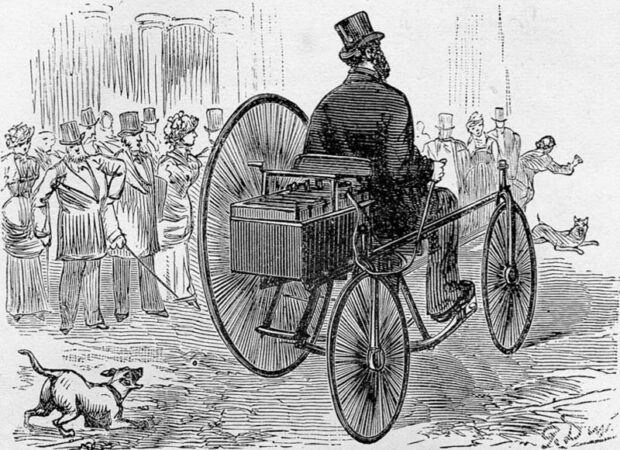
It’s difficult to pin down exactly when the world’s first electric car was invented. The early history of electric cars features several inventors who experimented with electric vehicle concepts and built prototypes in the early to mid-1800s. But without a rechargeable power source, these experiments weren’t very practical.
That all changed in 1859 when French physicist Gaston Planté, invented the first lead-acid rechargeable battery. A few decades later, another French inventor, Gustave Trouvé, fitted a rechargeable battery to an English James Starley tricycle and created the world’s first electric bike in 1881.
The first electric car in the United States was developed in 1890–91 by William Morrison of Des Moines, Iowa. The vehicle was a six-passenger wagon that could reach a speed of 14 mph. In the years that followed, several automakers began mass producing electric cars.
NERD NOTE: In the late 1800s and early 1900s, electric cars were a common sight in major cities. An estimated third of all automobiles on the road were electric vehicles. Detroit even had a fleet of 100 electric taxis as early as 1914.
Understanding The Early Rise And Fall Of The Electric Vehicle
When car manufacturers started manufacturing electric cars during the early days of the twentieth century, most people still used horses for transportation.
Gasoline cars required lots of manual effort to drive, made a lot of noise, and produced large amounts of exhaust. On the other hand, electric vehicles didn’t make much noise, were easy to drive, and did not create pollution.
This is why people who lived in cities preferred to drive them. Even though these vehicles could only travel for several miles on a single charge, they were ideal for making short trips around town.
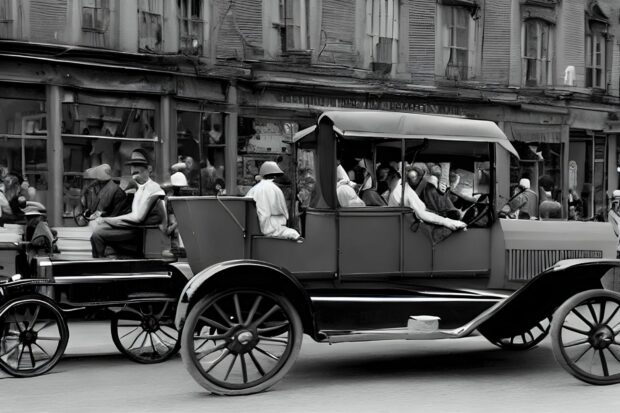
Unfortunately, people started to lose interest in the electric car after Henry Ford started mass producing the Model T. This car had a gasoline engine and it was very inexpensive.
Gas Shortages Made The Electric Car Popular Again In The 1960s And 1970s
After the 1920s, people seemed to have forgotten about the electric car, and it was not until the late 1960s that people regained their interest.
This was mainly because oil was expensive and because there was a shortage of gasoline.
The US government even passed a bill known as the Electric and Hybrid Vehicle Research, Development, and Demonstration Act of 1976. This provided funding for the Energy Department to research and manufacture electric vehicles.
But the types of electric cars that people produced in the 1970s had many downfalls. Most of them were not able to go faster than forty-five miles per hour. And they would need to be recharged every forty miles.
This is why very few people ended up purchasing electric vehicles during this time.
Green Energy: Interest Grows In Electric Vehicles Again In The 1990s
It was not until the 1990s that consumers became interested in purchasing electric vehicles again. Many car manufacturers have started modifying their most popular models of gas-powered cars into electric cars.
Therefore, there were many electric vehicles that were capable of reaching speeds of up to sixty miles per hour.
One of the most well-known electric vehicles during this time was the EV1. It had a range of up to eighty miles and was capable of accelerating from zero to sixty miles per hour in less than ten seconds.
But the car was expensive to produce. This is why GM stopped manufacturing it in 2001.
The 21st Century: A New Beginning For Electric Vehicles
The real revival of the electric vehicle did not occur until the beginning of the 21st century, when the Toyota Prius was released. The Prius was the planet’s first mass-produced hybrid electric car.
The car quickly became popular because gas prices were rising. Many people also bought the Prius because they were concerned about carbon pollution.
Electric vehicles also became more popular during the first years of the twenty-first century because Tesla Motors began producing electronic vehicles that could go for several hundred miles on a single charge.
Governments around the world are now starting to pass laws to make it cheaper to produce electric cars.
Electric Cars In The Future
It is difficult to predict what the electric cars of the future will look like, but here are some predictions:
- Self-Driving: It is very likely that there will be more self-driving cars with large touch screens.
- Artificial Intelligence: Many people also think that electric versions of AI cars will be invented which will be able to go faster than one hundred miles per hour.
- Fuel Efficiently: It is likely that electric car batteries will become much more efficient. Therefore, don’t be surprised if electric cars will someday be able to travel for up to five hundred miles on a single charge.
The History of Electric Cars
If you’re interested in learning about the fascinating history of electric cars, keep in mind that they have existed for more than one hundred years.
There are a lot of benefits of owning electric cars. The electric cars of the future will go faster and use less energy. Electric vehicles, including hybrids and plug-in hybrids, are more fuel-efficient than traditional gas-powered cars, meaning that drivers can save money on gasoline costs. Additionally, electric vehicles produce zero emissions, making them a more environmentally-friendly option than gasoline-powered cars.
The only major downside of owning an electric car is upfront cost. But as prices for electric vehicles continue to drop, consumer demand will continue to rise.
Thanks for reading this article about the history of electric cars. If you want to learn more about the technology behind electric vehicles, make sure to check out the cars section of our website.
The History Of Electric Cars And Trends For The Future ... #electriccar #electricvehicle #cars #ev #emobility Share on X
Frank Wilson is a retired teacher with over 30 years of combined experience in the education, small business technology, and real estate business. He now blogs as a hobby and spends most days tinkering with old computers. Wilson is passionate about tech, enjoys fishing, and loves drinking beer.

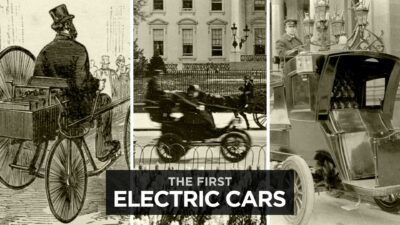

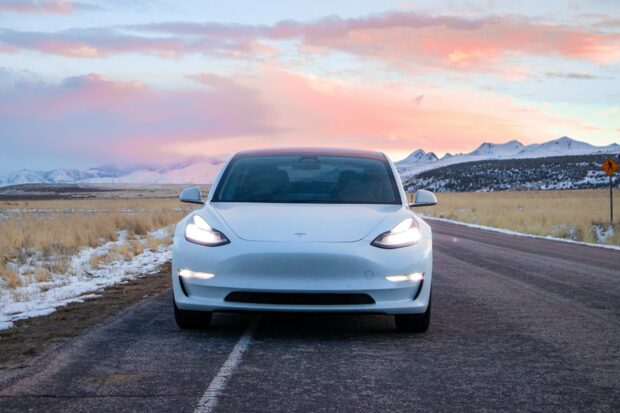
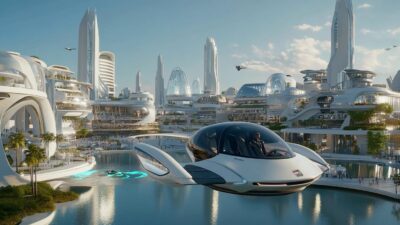
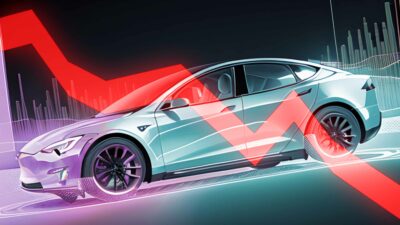


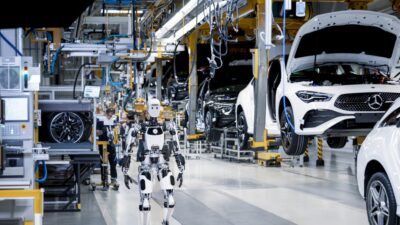
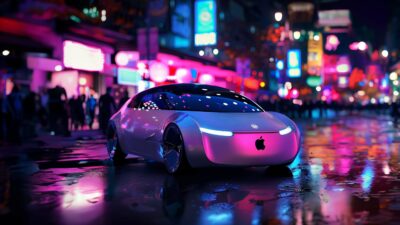




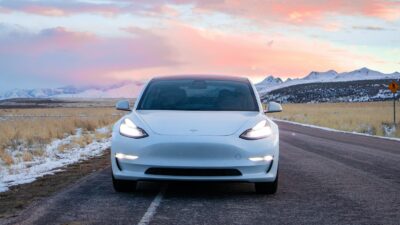











Leave a Reply
You must be logged in to post a comment.